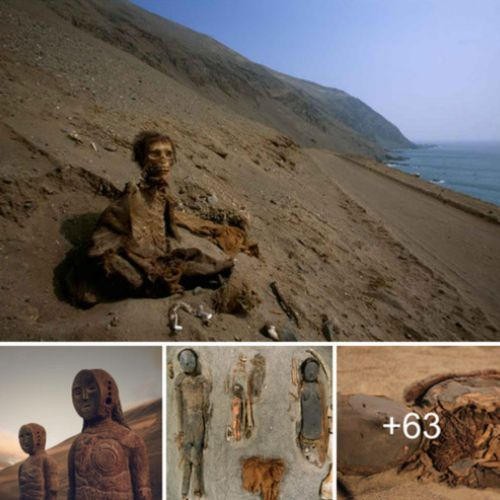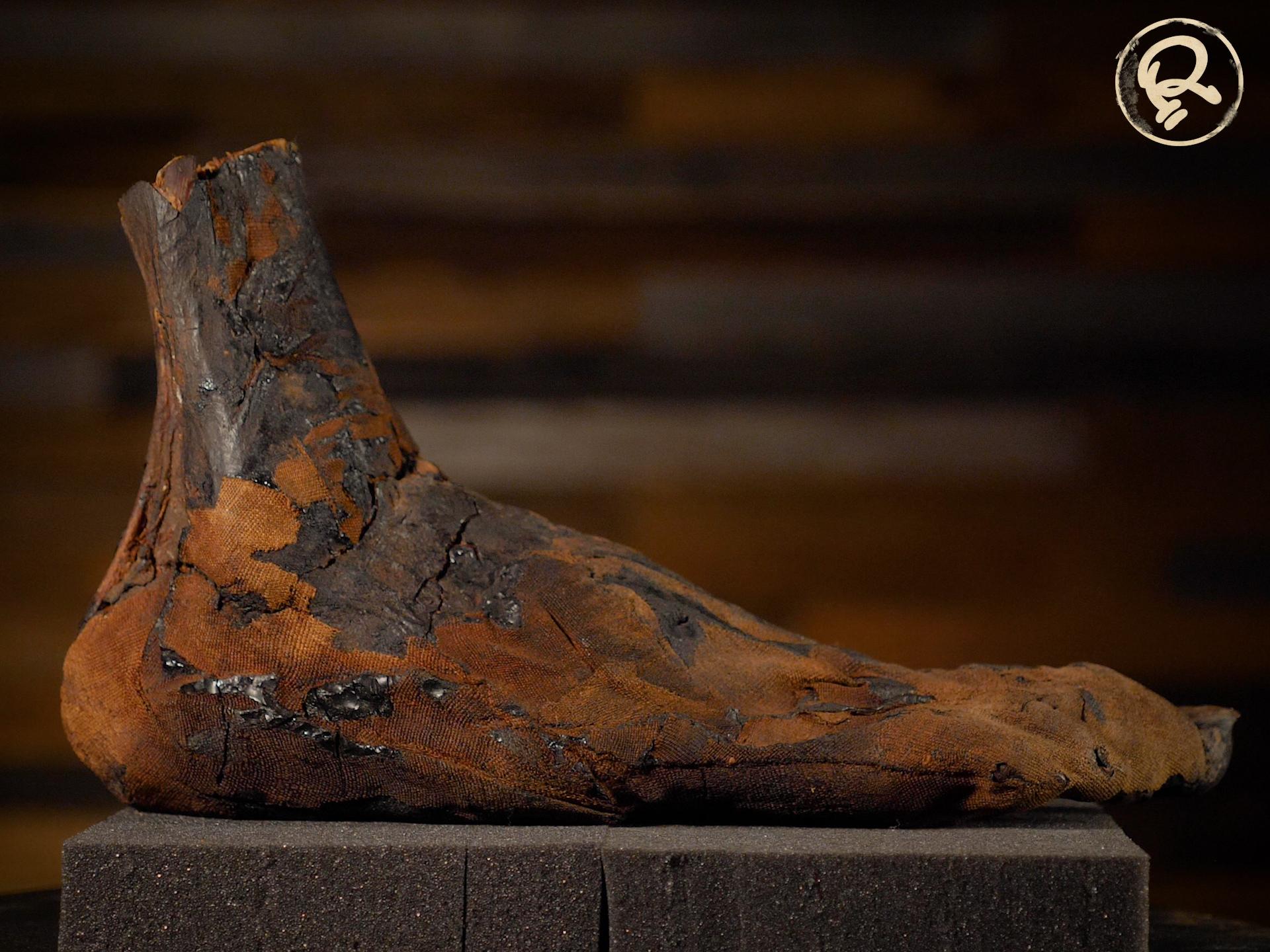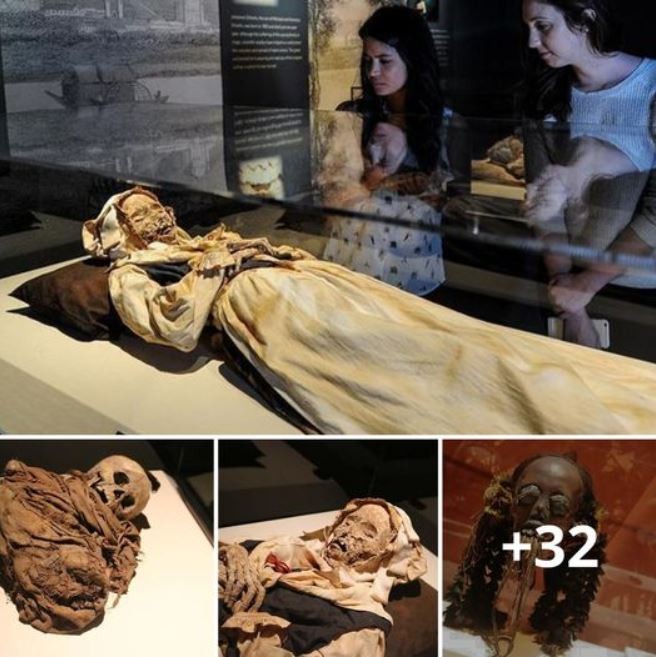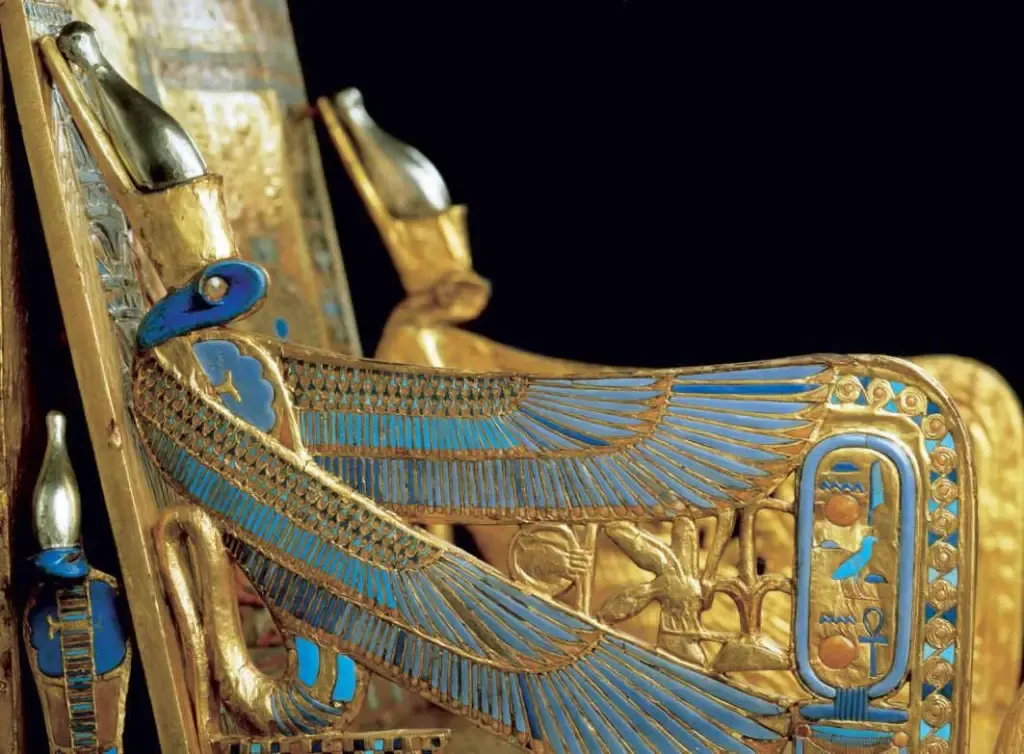Jan Bartek – AncientPages.com – An intriguing 1,300-year-old grave belonging to a Merovingian warrior has been discovered during an archaeological survey of an early Medieval cemetery in Ingelheim, Germany.
It is an exceptional and surprising find because the grave remains intact despite being between two looted graves. Somehow, looters must have missed this one. When archaeologists opened the grave, they found the remains of a Frankish warrior from the 7th century with complete armor.
Untouched 1,300-Year-Old Grave Of Merovingian Warrior With Complete Armor Found In Ingelheim, Germany

The grave of a Merovingian warrior richly equipped with swords, knives, spears, and a shield. Credit: Kaiserpfalz Ingelheim
Excavations at the site have been carried out by the Kaiserpfalz research team since 2015; this year is the last season. Numerous graves were already plundered in the Middle Ages, so finding an untouched burial as old as this one was naturally a wonderful surprise to all involved in the project.
According to a press statement issued by Kaiserpfalz Ingelheim, Merovingian graves on Rotweinstraße can usually be easily recognized by the darker filling of the burial pit. In this case, no color change was evident, and the entire area was heavily disturbed by adjacent graves and difficult to interpret.
“When the edge of the shield hump was discovered, it was not clear at first whether it belonged to one of the disturbed graves or to one that had not yet been discovered,” said excavator and research leader Christoph Bᴀssler.
“So we carefully continued digging until it became clear: between two looted burials, we really discovered a completely intact grave, which the robbers must have missed for some reason,” he described the circumstances of finding grave number 447.
Had the looters known back then what they missed, they probably would have been very upset because the warrior’s grave had valuable items.
Inside the grave were the skeletal remains of a man who had died at the age of 30 or 40. All possible weapons surrounded the deceased Frankish warrior. Under his right arm, he had the most precious weapon, a spatha, a double-edged sword with a blade 75 cm long – including the hilt and pommel 93 cm. The blade is in excellent condition and has even retained some of its former flexibility. Parts of a bronze scabbard and a sling or belt have also been preserved.
Untouched 1,300-Year-Old Grave Of Merovingian Warrior With Complete Armor Found In Ingelheim, Germany
A Medieval warrior had to provide for his own weapons when fighting for his leader in battle. Credit: Adobe Stock – Erica Guilane-Nachez
On his left arm, the warrior had a broad seax (also sax or scramasax – a short chopping sword), whose blade and bronze rivets from the scabbard have survived to this day. The grave also contained a knife, a spear, and a flat shield with a wide rim.
The shield type and scramasax design tentatively date the grave to the 7th century and identify the deceased as a Frankish warrior.
After the weapons have been cleaned and conserved, the dating information can be refined with respect to the details of the decoration and the presumed silver inlays, which are covered by a thick layer of corrosion.
The skeleton’s тιԍнтly attached and slightly raised shoulders prove that the deceased was buried in a wooden coffin, of which there were no remains.
Untouched 1,300-Year-Old Grave Of Merovingian Warrior With Complete Armor Found In Ingelheim, Germany

The Merovingian warrior must have been a rich man. Credit: Kaiserpfalz Ingelheim
Despite his martial equipment, the warrior from Grave 447 was not a professional soldier because there was no standing army in the early Middle Ages. He had to provide his own equipment and, like any free man, had the duty to follow a leader into battle. In this case, the impressive arsenal of weapons of the warrior shows that this man must have been sufficiently prosperous during his lifetime. The exceptional ᴀssemblage of burial equipment includes virtually every weapon used by the elite warrior class of the time.
See also: More Archaeology News
The cause of his death is not yet known, but he may have died of illness or injuries as a result of the battle, the archaeologists added, adding that grave goods would suggest the latter option.
All recovered objects and the skeletal remains have been handed over to experts for further examination. This archaeological discovery will help to learn more about the oldest society of Ingelheim, the Kaiserpfalz Ingelheim said.
Written by Jan Bartek – AncientPages.com Staff Writer






